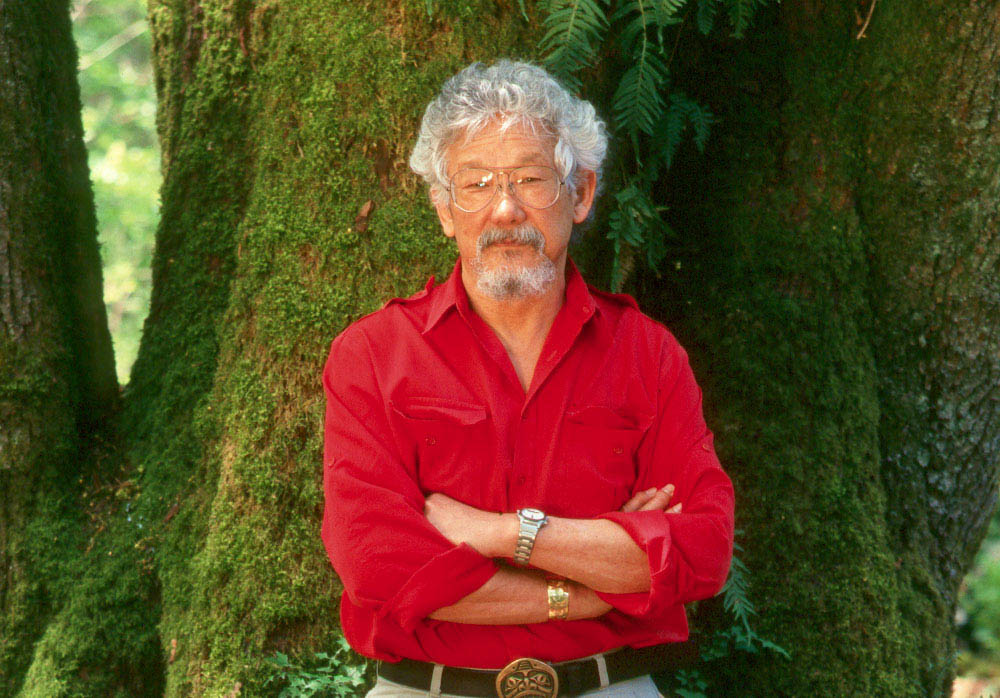As May brings sunnier weather to Canada, many will mark the season by firing up their lawn mowers. Before you dutifully join the grass-cutting hordes, I encourage you to take heed of the No Mow May movement, which encourages a month-long pause in this well-intentioned yardwork for the sake of insects like bees and butterflies.
Although social pressure might drive you to keep your turfgrass tidy, researchers have found that regular mowing, especially early in spring, has unintended ecological consequences. Mowing less is a simple way to help insects and boost local ecology.
That’s important. Insects pollinate plants, provide food for other life and help naturally recycle waste. But many insects, especially native bees and butterflies, are in trouble because of pesticides, light pollution, habitat destruction, climate disruption and more.
Insects benefit from flowering plants that bloom in lawnscapes left to grow. Nectar sources can be scarce in early spring, so a flower-filled lawn can provide a much-needed May buffet. The U.K.-based charity Plantlife, which started the No Mow May movement, estimates past participants’ lawns can have five times more bees and three times more bee species than regularly mowed turf in the same neighbourhood.
An added bonus of a less-is-more approach to lawn care is that more mowing can be associated with increased pests and allergy-causing plants like ragweed. So instead of splitting your precious free time between mowing and trips to the pharmacy to deal with seasonal allergies, perhaps this spring you can relax and enjoy a cold beer (or a nice glass of rosé or iced tea) while enjoying the buzzing and flittering critters in your yard.
Though turfgrass has a long history in Canada, most grass species in lawns here are from far-off places like northern Europe, where the climate is cooler and wetter. This includes Kentucky bluegrass, which is neither blue nor hails from the “bluegrass state.” It explains why most of our lawns look like they’re on life support throughout much of the summer, as thirsty grass is plied with vast amounts of municipal drinking water — nearly one-third of all residential water use each year.
While mowing less can be beneficial for bugs and save time, it’s even better if you can carve out a bit more turf specifically for insects. It doesn’t take much space to contribute. The influential U.S. National Academy of the Sciences suggests that converting as little as 10 per cent of residential lawns and public green space to minimally disturbed natural vegetation could significantly aid insect conservation and simultaneously lower the cost of lawn maintenance by more than one-third.
If you’re considering alternatives to traditional turfgrass, get in touch with native plant nurseries and garden centres that specialize in locally sourced wildflowers and grasses. Choose native species that have adapted to the local climate and soil, and co-evolved with local wildlife and insects. They tend to be more drought-tolerant and require less maintenance once established.
One of the most fruitful (and fantastic) species you can choose is wild strawberry, which produces lovely white flowers in May, little berries in June and low-lying, hardy ground cover the rest of the year. (Be sure to find species local to your region.)
If you’re keen to join this growing movement, let your neighbours know what you’re up to. In Canada, we have a collective cultural association with uncut and seemingly unkempt lawns being a sign of negligence. There’s no better way to signal the intent behind your lawn’s transformation from ecological desert to ecological dessert than a clever garden sign. Many groups offer signs, including the David Suzuki Foundation’s Butterflyway Project. Or make your own. Anything involving bees tends to be great fodder for clever, pun-filled signs.
Lawns haven’t historically been the target of ambitious conservation campaigns. But they’re one of the landscapes of greatest opportunity, especially during pandemic times when we’re all spending more time at home and gardening has hit unprecedented levels of interest.
Lawns are North America’s largest irrigated crop. There are over six million yards in Canada, making up about half the space in our towns and cities. Imagine the potential of transforming a corner of each of those into flower-filled bee and butterfly landing strips.
Strawberry fields forever? Kick back and enjoy the buzz.
David Suzuki is a scientist, broadcaster, author and co-founder of the David Suzuki Foundation. Written with contributions from David Suzuki Foundation Senior Strategist Jode Roberts.






